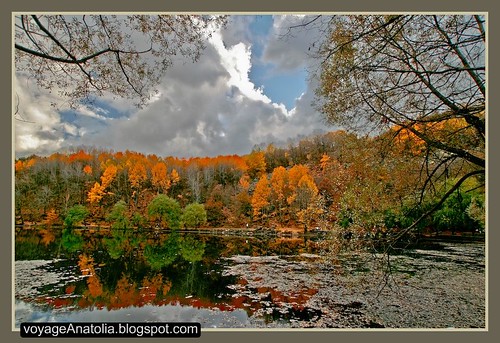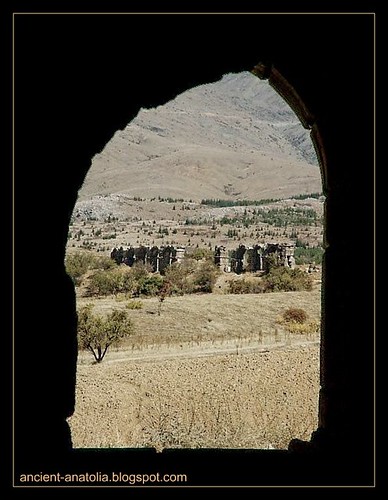
Autumn at Lake Karagöl, originally uploaded by voyageAnatolia.
In photography, framing (cadrage) is the process which is to select and define the boundaries of visual field recorded by the camera. It is a technique used to bring the focus to the subject.
Framing (cadrage) should not be confused with the rectangular decorative border or picture frame around the image. Framing is not related with the frame itself but rather related with the composition and crop of the image. That is what is inside and outside of the frame.
Here are some techniques used in cadrage:
Framing broad: The surrounding scenery is a larger part of the image.
Tight framing: The main subject occupies most of the image. Some elements of scenery can still be visible
Full framing: The place occupied by the topic is such that no element of the surroundings is visible in the image.
Shift in overflow (comics): Part of the main subject is not visible in the image.
Framing tangent: The main topic is entirely visible, but against the edge of the image.
Vertical framing: The broader sides of the image are vertical.
Horizontal framing: The broader sides of the image are horizontal.
Reference: http://fr.wikipedia.org/wiki/Cadrage_photographique
However when we consider the framing of surrounding darkness around an image, frames can serve the purpose of making a more aesthetically pleasing image and keeping the focus on the framed object(s). They add depth to the image, and can add a great deal to the picture when the frame is something related to the object being framed. For example branches of closer trees...

No comments:
Post a Comment